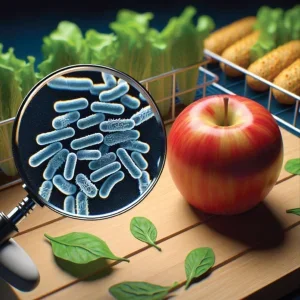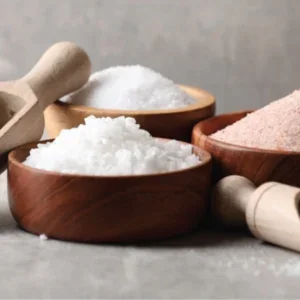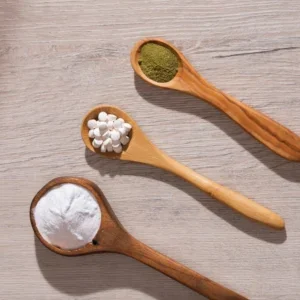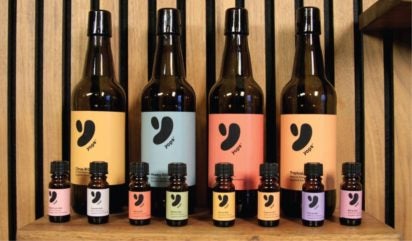
In the 1920s, America was a booze-soaked place. At least that is the impression one gets reading Francis Scott Fitzgerald’s The Great Gatsby. The novel depicts the bacchanalia of the American Jazz Age, a period defined by increased freedom of expression through literature, art, dancing – and, of course, drinking. Though prohibition certainly played a role across this decade, as the reader follows Fitzgerald’s protagonist throughout the book they will find themself soaked by cold ales on warm summer days, gin rickeys, highballs and champagne served in “glasses bigger than finger bowls.” Abstinent, Gatsby and his friends were not.
Fast forward a hundred years and the world has changed considerably. Though 2019 Eurostat data shows that almost one in five Europeans still drink heavily at least once a month, teetotalism (or at least cutting back) is on the rise. Indeed, Mintel market research shows that 60% of British adults either didn’t drink alcohol, or have reduced their intake, over the past 12 months. Booze-free pub visits are also increasingly popular and, as work by Tesco found, drinkers are increasingly reaching for nonalcoholic alternatives at home. Fitzgerald himself might even approve. As he wrote in his canonical work: “It is a great advantage to not drink.”
40%
The percentage by which demand for ‘no and low’ beers has soared at Tesco over the past two years.
Tesco
Booze-free market growth
With the freeze on alcohol duty lifted last year, there is evidence to suggest that, in Britain at least, this trend toward sobriety can partly be explained financially. That’s especially so when individuals grapple with high inflation and real-terms wage cuts. This is echoed by worries among young people about the physical and mental impact of boozing. It’s such concerns, in fact, that led Rohan Radhakrishnan, co-founder at Quarter, along with business partner Fabian Clark, to create a drinks business solely focused on providing lower-proof alternatives to high ABV spirits.
55%
The proportion of UK adults who planned to moderate their alcohol intake in 2023.
Tesco
Fabian is an amateur athlete concerned with keeping fit, while Rohan worries about the overall impact of drinking. As such, their startup was born, in part, from personal experience. “We saw that people still want a few mid-week drinks with friends and, like myself, might have been conscious of wanting to avoid overconsumption and the follow-on anxiety and physical impact,” Radhakrishnan explains. Many punters seem to agree – and such reasoning is trackable in consumer choices. In the ‘no and low’ alcohol market, IWSR tracked almost double-figure sales growth in 2022. By 2023, Tesco had found that demand for alternative drinks had rocketed by 40% over two years. As a senior beverages buyer wrote on the retailer’s website, drinkers are increasingly “prepared to buy no and low alcohol beers as long as the quality is good.”
But herein lies the problem. Analysis by The Grocer found low or no-alcohol drinks can often be ignored – mostly due to perceptions of bad taste. In 2019, for instance, a Statista survey of South Korean beer drinkers concluded that a belief that alcohol-free alternatives wouldn’t have the right flavour profile was found to be the biggest prohibitive factor in turning them away from real beer. Research in Italy found something similar. As Radhakrishnan explains, attempts to either subtract alcohol – or add flavour – to booze-free drinks can also create unhealthy and less visually appealing products. “Some non-alcoholic products can be underwhelming,” he says, while “others try to replicate the mouthfeel, experience and flavours through the integration of sugar. Oils in the [alcohol-free] distilling process can come off so the booze can be cloudier too.”
“In principle, this technology can do all the flavours and fragrances of beer that currently use chemicals, but we can replace them with natural aromas to make them more sustainable.”
Professor Sotirios Kampranis
Innovation not inebriation
With consumers still unsure if alternatives to alcohol will please their palates, brewers and distillers are innovating in attempts to woo sober (or mostly sober) drinkers. Some techniques here are remarkably secretive. AF Drinks, which sits within Pernod Ricard’s innovation portfolio, sells alcoholfree versions of recognisable tipples: cans of G&T, Rosé, Cuba Libre and the like. They don’t explain what their trademarked botanical is – it’s simply advertised as being able to replicate the warmth alcohol provides – but is nonetheless in all of their products. Other companies are more up-front. Japanese brewing giant Asahi promise their alcoholfree alternative to best-selling beer Asahi Super Dry retains the ‘super-premium’ taste of its boozy forebear. It was made using de-alcoholisation: a process of brewing beer via the usual method – using water, yeast, malt and hops – but then getting rid of the ethanol via boiling or vacuum distillation.
Yet as Professor Sotirios Kampranis explains, this popular method of booze-free brewing isn’t perfect. Among other things, notes the University of Copenhagen researcher and founder of biotechnology firm EvodiaBio, it’s expensive for brewers, struggles to hit the right flavour profiles, and has a huge environmental impact. Flavour in full, low or non-alcoholic beer largely derives from aroma hops. But in booze-free brewing, these are either thrown out or re-inserted back at the end – after the alcohol has been burnt off in an attempt to return flavour to the now alcohol-free drink. This can be costly from a brewing and taste perspective, while Kamparis argues it is unsustainable, which is of growing concern to consumers. “This process is a tremendous problem for the brewers,” he summarises. “Even when you attempt to put the aromas from hops back in because there is no ethanol the aroma struggles to come out so brewers put more and more in which becomes extremely costly.”
This all explains why Kampranis believes yeast is the answer to flavour, cost and sustainability problems. EvodiaBio’s signature product is Yops: an augmented baker’s yeast which, via a fermentation process, secretes aromas which can be captured – and then inserted into the brewing process at different stages, accentuating the brewer’s desired tasting notes. The added benefit, Kampranis argues, is that this method can be tailored to match the exact taste a brewer wants to deliver. Taking over a decade to develop, Yops has outperformed nonalcoholic beers brewed via traditional methods in official taste-testing, while also providing environmental benefits. “With such flavouring technologies,” Kampranis stresses, “you decrease
the environmental impact.” Indeed, traditional methods of flavouring both alcoholic and nonalcoholic beer, with natural botanicals and aroma hops, are extremely water-intensive, take land away from food growing and are air-mile heavy. Other alternate synthetic flavourings often rely on the heavy use of petrochemicals.
As Kampranis sees it, being able to better refine the flavour profile of non-alcoholic alternatives will be critical to the future success of the sector. “These days,” he says, “customers tend to enjoy more flavourful beers like IPAs.” The subtext: booze-free alternatives need to align with market direction if they’re to stand any chance at surviving. Radhakrishnan agrees, arguing that for those competing against full-strength alcoholic products, matching customer expectations of feel and flavour will be critical. As he explains, that’s why Quarter chose to go with low-alcohol drinks rather than cutting booze out altogether. “We’re not trying to cheat people into thinking our drink is the same experience as a full-strength product,” he says. “They will know on mouthfeel – but we do want to deliver the right flavour and a tipsy feeling.”
No wonder Radhakrishnan stresses that getting flavour right is central to the Quarter mission. Retailing 12% gin and tequila alternatives, these tipples are designed to form part of cocktails and mixes drinkers already recognise. To ensure the flavour profile retained the complexity and vigour of full-strength counterparts, even when diluted as part of a mixed drink or cocktail, Radhakrishnan’s drinks team spent eight months taking traditionally enjoyed spirits down to discrete ingredient and flavour parts. They then tested how these flavours would perform at higher dilutions, ensuring they’d get the balance right within newly reformed low-booze products. “Light doesn’t have to mean less flavour,” is how Radhakrishnan puts it. “Even in traditional cocktails, with low alcohol alternatives, you can get the recognisable sweet bitterness of a Negroni.”
The future of booze-free
Radhakrishnan is steadfast in his belief that drinker reception to the flavour profiles of non- or lowalcohol drinks will also rest on truthful marketing. “It’s fairly simple,” he says, “it’s a gin and tonic or a Negroni – just a lighter version.” He believes that this kind of expectation management is crucial. At the same time, Radhakrishnan is exploring where the drinks market will head next. Quarter, for its part, is preparing to introduce another low-alcohol alternative, with the firm’s London-based founder suggesting that as replication of full-strength flavour profiles improves, mood enhancers and adaptogens will take centre stage. As Radhakrishnan puts it: “Who knows what will become possible in the next few years?”
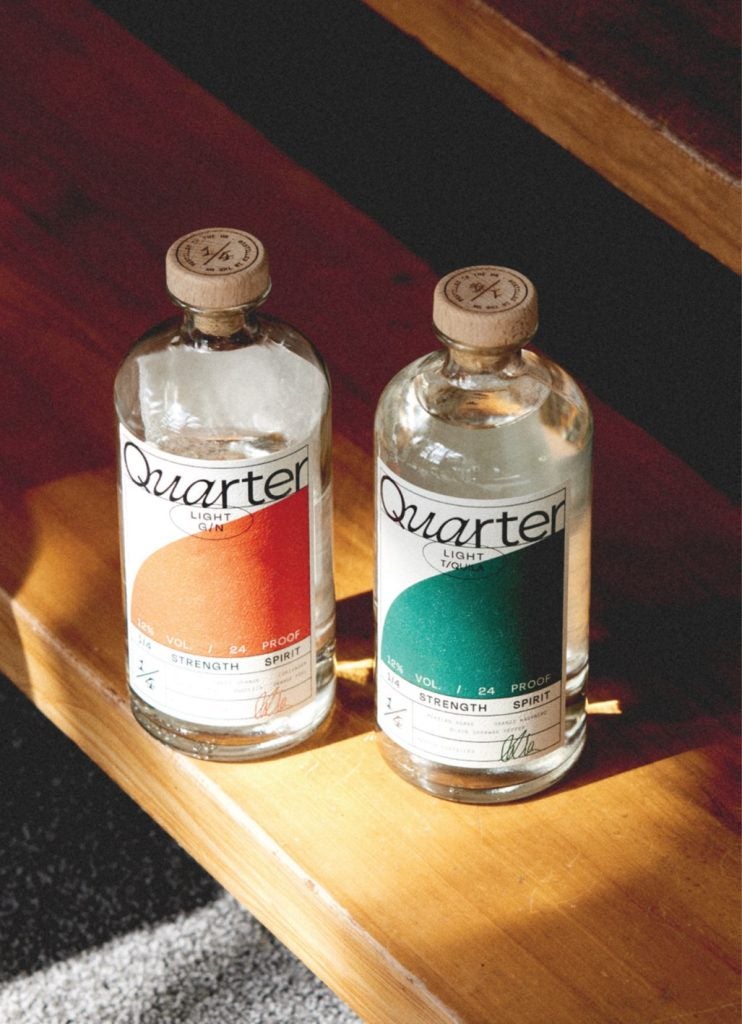
Kampranis is similarly curious about what tomorrow might bring – not least given the rising pressure on the sector to adapt. Especially as the effects of climate change become apparent, he suggests that hop harvests are likely to become more unreliable. As such, he thinks alternative brewing methods are bound to become more interesting – and important – to producers and consumers alike.
“We’re moving towards looking at this [the yeast] solution for non-alcoholic wine, which you can imagine is a big flavour challenge,” he says. “In principle, this technology can do all the flavours and fragrances of beer – and even cosmetics and household products – that currently use chemicals, but we can replace them with natural aromas to make them more sustainable.” While yeast-scented washing powder might not quite hit Fitzgeraldian levels of excess, in short, it does speak to the sobering time we all live in. I’ll raise a glass to that.



